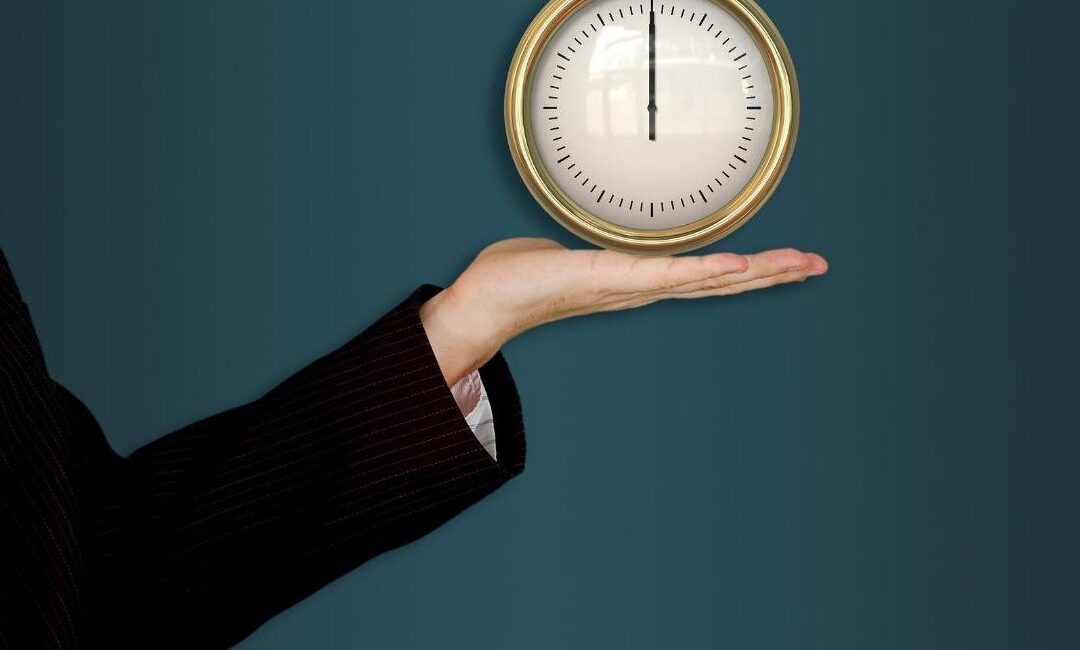Role of Governance in Routine Management
According to the Brazilian Institute of Corporate Governance (IBGC), Corporate Governance can be defined as a system by which companies and other organizations are directed, monitored and encouraged, involving relationships between partners, administrative council, board of directors, supervisory and control bodies and other interested parties. In other words, it is responsible for defining a series of rules, processes, regulations, external and internal policies and therefore, it is also in charge of establish the routine of the company and its employees, and of course, how the
organization should be managed in general.
We said that one of the main functions of Corporate Governance is to define the routine of the company and its employees; but how to put this into practice? In that article we are going to talk a little about Routine Management: what it is, what are its benefits and how to implement it.
Routine Management
Definition
Routine Management is a management methodology used with the purpose of guiding the everyday activities carried out in the company, so that all employees understand their responsibilities and have the capacity to carry out their activities with the greatest possible efficiency, increasing quality, reducing costs and seeking the best results
of the processes. This methodology is supported by 3 main pillars:
●Continuous Improvement
●Standardized work
●Treatment of anomalies
One of the most used techniques in Routine Management is the PDCA Cycle. Its objective is to assist the development and continuous improvement in organizations. In summary, the PDCA consists of 4 steps:
●Do:Dconduct and execute the Action Plan;
successful and take corrective action in case of failure.
Before we explain how to implement Routine Management in your organization, we are going to
talk a little about the reasons for doing it and, when you get to the step by step, you will already be
convinced that your company really needs this implementation.
Common failures due to lack of routine management
we can mention:
●Difficulty in defining priorities in delegated tasks;
●lack of focus;
●Difficulty in understanding the real cause of the problem;
●Low monitoring of indicators
●Procrastination;
For Routine Management to be successful, Governance must formulate a
routine employee planning that must be closely managed and controlled
by the supervisors. When well implemented and monitored, this methodology brings
several benefits.
Benefits
●Standardization of work;
● Identification of gaps and conflicts in the processes;
● Transforming identified problems into opportunities;
● Helps employees understand their responsibilities for activities
execution
● Promotes time management;
● Increases the quality of work;
● Increase in productivity and guarantee of stable processes;
● Increased internal customer satisfaction;
● Greater predictability of operations
Now that you've realized that this tool is very important, let's get to the main
point of this article.
1. Standardize the Processes
As the Routine Management involves several actions and daily checks so that the employees are able to carry out their obligations, this becomes much easier with the standardization, because in this way it is possible to gain speed and increase the confidence professionals at the time of carrying out the activities.
The standardization of processes also allows the same activity to be carried out by different collaborators, not being dependent on a single person.
2.Set goals and projects
The definition of projects is important so that the employee seeks to fulfill the outlined routines, so that the company achieves the expected results within the scheduled time.
3.Monitor performance
For Routine Management to be successful, we must monitor individual, group and organization performance in general. It is necessary to control the activities and its respective executions so that we can see a significant improvement in the company's performance.
Monitoring can be carried out through process indicators (read article XX).
4.Categorize operational routines
A valuable practice that can help increase performance when performing routine tasks is the categorization of activities and procedures into groups by similarities. Thus, the employee is able to separate a period to carry out all the tasks of the same group, making it easier to maintain focus, as it is proven that when trying to perform very different tasks, we tend to take longer to concentrate, resulting in more wasted time.
5. Prioritize and delegate activities
Here there must be a prioritization of activities to separate the normal from the critical, in order to optimize the workflow.
It is also essential to distribute tasks and delegate routines, as centralizing activities is an extremely negative custom for meeting deadlines and quality of deliveries.
6. Planning and management meetings
Routine meetings with teams help and ensure alignment and communication with the teams. They can happen with different frequencies and objectives according to the defined guidelines, whether for planning or monitoring results. The important thing is to ensure that all actions discussed in the meetings are documented in an action plan format, so that its evolution must be monitored at each meeting, ensuring the team's engagement and sense of urgency.
7.Search for tools to assist in Routine Management
Another idea is the use of a reward system for each period whose goals were hit. An award is given to team members, so you motivate the employees to stick to the designed routine.
Routine Management must be part of the company's culture and be present in all organizational areas, because, with it, the organization will be more prepared to deal with changes, deliver results on time, be organized to carry out activities and keep employees motivated and productive.

